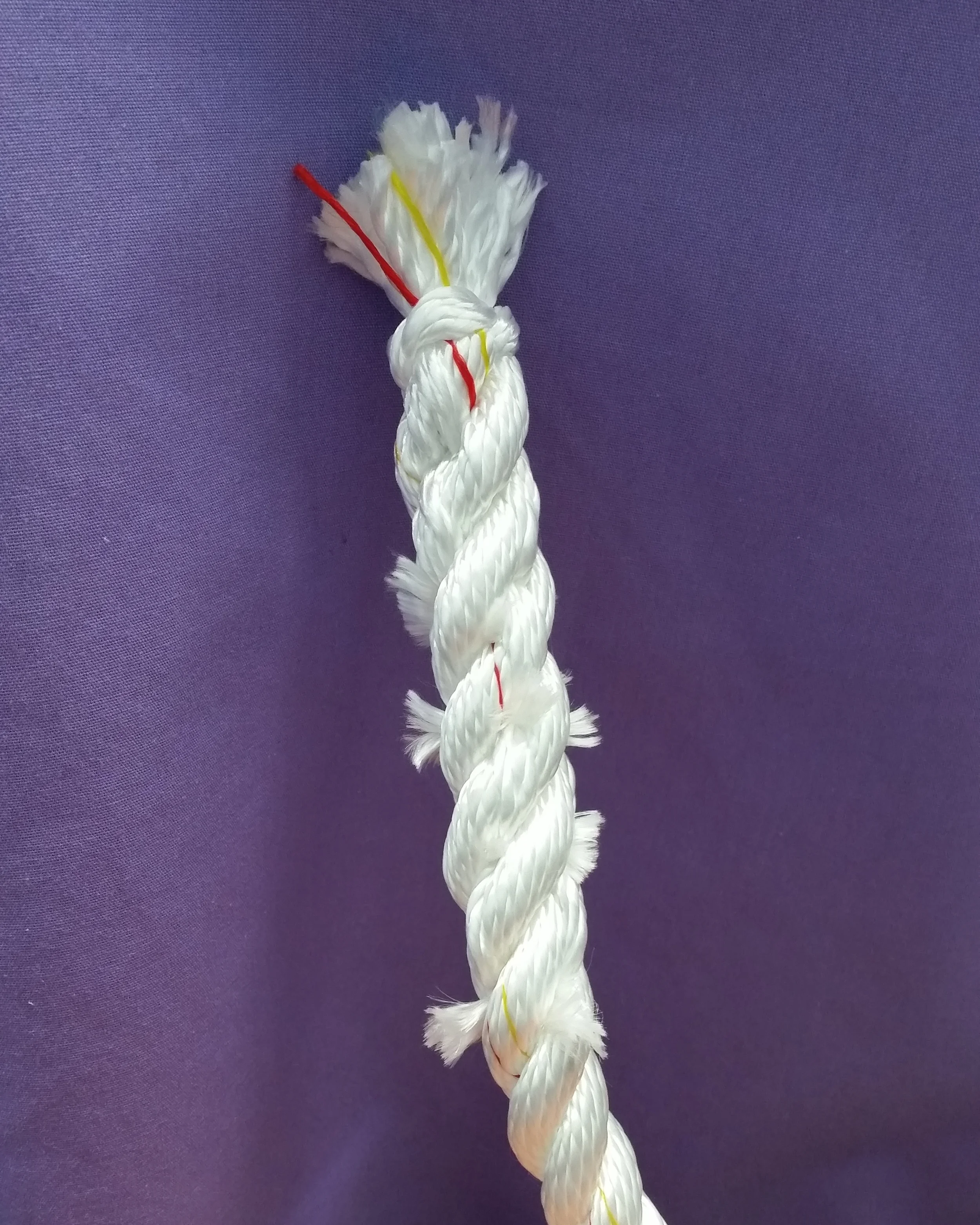Living aboard has many advantages, one of which is the reduced cost of living. This can translate into saving for retirement while at the same time having extra money on hand for entertainment.
Maddie and I did a trip over Thanksgivings weekend to Iceland to try and see the Northern Lights. No, she didn't want to go by boat; we had to fly and leave our home behind for a few days.
Whenever you leave your boat for an extended period of time, it is advisable to take certain precautions before going.
Close all seacocks
Turn off all electronics
Leave on battery charger
Leave on bilge pumps
Tell a trusted neighbor
A hose can easily split or slip off of a fitting below the waterline, leaving a giant hole in the hull gushing in water. This is why frequent inspections are necessary to make sure that all hoses and fittings are in working order to avoid this from happening in the first place. Since you will be away for an extended period, it is best to close all seacocks. A closed seacock will not let water through, even if the hose slips off or splits.
Turning off all electronics is another important step in leaving your boat. If a wire were to overheat and cause an electrical fire, it may create a good amount of smoke before the breaker trips. If the breaker is faulty, it could continue to burn and ignite other structures in the boat which could burn it to the waterline if left unchecked.
Do leave on the automatic bilge pump and battery charger, that way if water does find its way inside, the pump can get it out and the charger can keep the pumps running if there is a leak.
Most importantly, tell a trusted neighbor that you are leaving. They can keep an eye on your waterline to make sure that you don't start sitting low in the water. I always give my neighbor a key to my boat when I leave so they can also get inside to take care of things should the situation arise. Make sure they know where your pumps are located, where the breaker panel is, which breaker is for the battery charger and the bilge pump, and where the lever is for the manual bilge pump, should the electronic ones fail.
Living on a boat gives you so much more freedom! You should take advantage of these freedoms while still taking good care of your home afloat.












